
128th Edition: August 2024
Key points:
- Anticipation and planning builds as the Indonesian Free Lunch program looks to increase local milk production by importing live dairy cattle.
- Philippines looks into local production of FMD vaccines.
- Demand for live export in key markets remains strong.
Regional Trends and Overview
Fragmented nature of Indonesia’s livestock sector has posed significant barriers to efficient vaccine distribution and administration
In late July 2024, Typhoon Gaemi wreaked havoc in Vietnam and the Philippines, causing extensive damage that deeply impacted both nations’ agricultural sectors. In Vietnam, relentless rains led to severe flooding, particularly in the central and northern regions, resulting in significant damage to infrastructure and farmlands. This disruption has affected supply chains and local markets, creating challenges that resonate deeply within the region’s economy. Similarly, the Philippines experienced devastating floods and landslides in its northern regions, submerging villages and destroying pasturelands vital for cattle production. The storm displaced thousands, exacerbating existing agricultural challenges and further straining food security and economic stability.
There remain ongoing challenges related to disease management in the region. Persistent diseases continue to limit production efficiency and market access, directly impacting profitability and environmental sustainability. While there is potential in emerging methane-reduction technologies, the need for coordinated and sustained vaccination programs remains critical. Such efforts would have a clear, measurable impact on reducing methane emissions, particularly in Asia and regions with persistent disease challenges.
Australia has played a key role in supporting regional disease control initiatives. The Australian government’s investment in Foot-and-Mouth Disease (FMD) control in Indonesia, for example, facilitated the distribution of 1.435 million doses of Lumpy Skin Disease (LSD) vaccine and 4 million doses of FMD vaccine, with investments of approximately $2.5 million and $5.9 million respectively. As we approach the two-year milestone, the shelf-life of these vaccines, it’s essential to recognise the logistical challenges that have hindered full utilisation. The fragmented nature of Indonesia’s livestock sector, characterised by small-scale, backyard production systems, has posed significant barriers to efficient vaccine distribution and administration. This highlights the increasing necessity for feedlots and larger production systems within the region to implement robust, independent vaccination and biosecurity protocols, rather than relying solely on regional herd immunity.
Both the Philippines and Indonesia have a history of successful FMD control, and the Philippines, in particular, continues to prioritise vaccination as a key defence against FMD. The Philippines’ Department of Agriculture (DA), under the leadership of Agriculture Secretary William Dar, has recently formed a Technical Working Group (TWG) to explore the feasibility of producing a domestic FMD vaccine. This initiative reflects a proactive approach to reducing reliance on imported vaccines and enhancing the resilience of the livestock sector. The TWG’s forthcoming study will assess the technical and economic viability of local vaccine production, with the goal of bolstering the Philippines’ livestock industry against future outbreaks.
Indonesia: Slaughter Steers AUD $4.68/kg live weight (IDR 10,571 = 1 AUD)
Beef and Chicken Prices
The average daily price of beef per kilogram from July to August in modern markets across several provinces in Indonesia has been pretty stable. It was recorded at IDR 138,000-140,000 IDR per kg($13.05 to $13.24 AUD). Beef carcass per kg is lower than last month. Last month was 98,000-100,000 IDR ($9.27 to $9.46 AUD) and now it’s 91,000-93,000 IDR per kg. ($8.61 to $8.80 AUD)
Photos: Local wet market beef sales in Indonesia
Broiler chicken is Indonesia’s main protein source and prices have seen a significant increase, reaching IDR 40,290 per kg ($3.81 AUD). This is the highest price many sellers have experienced. A seller our contact spoke to said she thinks that this is not because of low supply and high demand but because the feed price is getting more and more expensive. Our sources were unable to verify if there have been unreported avian influenza outbreaks and depopulations that would inevitably impact supply. Sellers in the market hope the government will intervene to stabilise chicken prices to make them more affordable for their customers.
Free Lunch Program and Dairy Cows Import Plan
The Indonesian government has launched an investment scheme to boost domestic dairy production, aiming to reduce dependency on imports and support the Free Lunch Program in schools. The 2025 Indonesian Federal Budget has allocated IDR 71 trillion (AUD 6.7billion) to this flagship nutritional program and trial runs are currently underway in some schools.
Deputy Minister of Agriculture Sudaryono clarified that the strategy involves importing live dairy cows and using sexed insemination techniques to boost domestic milk production. He expects this plan will mitigate future milk imports. This is obviously very exciting news for the Australian dairy and live export industries with the potential for Indonesia to pick up where China has left off. Export dairy heifers prices have been significantly lower in 2024 than previous years due to the lack of demand and dropping cattle prices in China.
Additionally, Agriculture Minister Andi Amran Sulaiman has engaged in discussions with Vietnam’s TH Group. This cooperation follows a MoU signed in May, aiming to promote agricultural investment and trade between the two nations. Indonesia has prepared 100,000 hectares of land for Vietnamese companies to invest in the cattle sector, aiming to address the gap between domestic milk production and demand. With Vietnam’s assistance, Indonesia hopes to reduce milk imports significantly within the next five years.
Local dairy farmers, like those in Sleman, Central Java, have said they are ready to support the program if dairy cows are provided for free. However, the Indonesian Food and Beverage Producers Association (GAPPMI) expressed both readiness and hesitation, questioning whether the country can prepare systems such as dairy management, feed supply, and milk reception infrastructure before large-scale imports proceed. Economist Bhima Y. Adhinegara warned that extensive imports could drain national foreign exchange reserves and primarily benefit foreign farmers.
With the clarification around availability of government funds to back the program and a focus on importing live cattle, Australian exporters and existing importers of Australian feeder cattle are now taking a keen interest. Historically government funded breeder programs have been quite lucrative and also allusive. Control of procurement processes is often handled by bureaucrats who may not have existing contacts in the cattle import industry or close familiarity with international cattle markets.
Government funded breeder programs like this also come with a unique set of challenges and commercial competition. Australian exporters and Indonesian importers of Australian feeder cattle, which predominantly come out of Australia’s North, are obviously well positioned in the Indonesian market with extensive networks, up-to-date understanding of import/quarantine processes and often have staff in-market overseeing their supply chains. But most are not actively exporting dairy cattle on a regular basis or participating in the dairy cattle market here in Australia. In contrast, exporters who focus primarily on breeder and dairy cattle exports have the benefit of ongoing relationships on the supply side, actively buying dairy cattle and participating in the Australian market, but have limited insight and connections in the Indonesian market. This sometimes results in unexpected outcomes, with breeder contracts historically being awarded to lesser-known exporters or those with limited recognition in the Indonesian market.
ESCAS requirements do not apply to breeder cattle, which means that post-delivery support for these types of programs is not mandated by the Australian government, but is always an area where industry organisations like ALEC and LiveCorp show keen interest. Given the recent conclusion of the Indonesia Australia Red Meat & Cattle Partnership funding, which would have been a potential source of support for programs like this, industry will be eager to see other arrangements are put in place to ensure the best outcomes are achieved and in the best case, to create a new sustainable trade with Indonesia.
Exporters, importers, ALEC and GAPUSPINDO will hold a joint meeting later this month in Jakarta with the dairy program likely to be an important item on the agenda.
New Chairman of Indonesian Meat Importers Association
Teguh Boediayana now leads the Indonesian Meat Importers Association (ASPIDI). He was formerly the Chairman of the Indonesian Cattle and Buffalo Breeders Association (PPSKI) and known for his vocal criticism of government policies and staunch support for local farmers. Boediayana’s shift raises questions about his stance on Indonesia’s cattle industry. This transition could either be a pragmatic response to evolving industry dynamics or represent a fundamental change in his views.
During his tenure at PPSKI, Boediayana was a prominent advocate for local farmers, stressing the importance of stringent government oversight on imported cattle, especially those from Australia suspected of carrying Lumpy Skin Disease (LSD). He emphasised that import policies should adhere to strict health regulations, avoiding imports from countries with Foot and Mouth Disease (FMD) and other infections. He criticised the shift from a country-based import policy to a zone-based one in 2016 arguing that it could undermine local farmers. This is encapsulated in Government Regulation No. 11/2022 which allows private companies to import livestock and livestock products—a privilege previously reserved for state-owned enterprises.
The Halal Certification Mandate: Challenges and Implications for Indonesia’s Meat Industry
Indonesian Minister of Trade, Zulkifli Hasan, reminded the meat sector that all slaughtered animals must be halal certified by October 2024. This certification applies to all meat types, including chicken, beef, goat, and sheep. The requirement extends to both large industrial slaughterhouses and small-scale operations.
This mandate is part of broader consumer protection efforts and is regulated under Law No. 33 of 2014 on Halal Product Assurance, amended by Law No. 11 of 2020 on Job Creation, and Government Regulation No. 39 of 2021. The law stipulates that food and beverage products, food raw materials, food additives, and slaughter products and services must have halal certificates by October 17, 2024. The government has warned of sanctions for non-compliance, ranging from written warnings to product withdrawal and fines up to IDR 2 billion (AUD 189,202).
The Halal Product Assurance Agency (BPJPH) has developed the SiHalal online registration system and trained over 70,000 Halal Product Process Companions (PPH). They also offer a self-declaration scheme for micro-businesses, which still requires verification from the Fatwa Committee.
The enforcement of mandatory halal certification by October 2024 aims to protect consumers and enhance the credibility of Indonesia’s food products. However, it presents significant hurdles for small businesses and the broader supply chain, most importantly the cost involved in administering and enforcing a program that does not provide any increased value for the products. Balancing regulatory rigour with practical support for businesses will be crucial in achieving Indonesia’s halal industry ambitions.
Sudaryono’s Appointment as Deputy Minister of Agriculture
President Joko Widodo has appointed Sudaryono as the new Deputy Minister of Agriculture. A former aide to presidential candidate Prabowo Subianto, Sudaryono’s primary focus will be on ensuring food security amidst climate change challenges.
He highlighted agricultural productivity as essential to building national food security during the dry season, impacted by El Niño. Sudaryono outlined that food security needs support from various government programs, including food estates, irrigation, and agricultural land development. Food estates aim to increase food reserves for the community. He also emphasised the intensification of rain-fed agricultural land, turning unproductive land into productive use.
Vietnam: Slaughter Steers AUD $4.60 / kg live weight (VND 16,382 = 1AUD)
Prices
Like other countries in the region Vietnam has seen a long gradual slide in beef prices as food staple prices slowly ease with beef trading in the 180,000 to 190,000 VND/kg($10.99 to $11.60 AUD) range. This is keeping live cattle prices consistent with the only change this month due to the lower Aussie dollar. The cross-border import trade is busy, with large quantities of cheaper cattle being imported from Thailand, Cambodia, and Myanmar into Vietnam.
Source: Asia Beef Network
As reported in Beef Central last week, Vietnamese cattle prices have surged by 50c/kg in recent weeks, driven by a confluence of factors including intense competition among five cattle exporters loading in Townsville, and heightened demand from southern processors in Victoria and New South Wales. This “perfect storm” of events has pushed prices from 265c/kg to as high as 315c/kg. However, Vietnam, known as a price-sensitive market, is unlikely to sustain these higher levels, potentially limiting future trade activity. Despite this, demand for slaughter cattle remains strong, with expectations of continued market momentum, though challenges in pasture conditions could temper growth later in the year. Our sources have not reported any significant increase in the number of Australian cattle being processed every month in existing supply chains so the challenge will be the ability to shift cattle fast enough to ensure Vietnamese importers remain profitable. As we too often see in both Australia and overseas, cattle on feed too long results in cattle that are too fat or just unprofitable trading.
Vietnam Investment Insights Report publicly available
As mentioned last month, I’m pleased to report that our project under the Australia-Vietnam Enhanced Economic Engagement Grant (AVEG) has successfully concluded. I would like to extend my sincere thanks to the Department of Foreign Affairs and Trade (DFAT) for their exceptional support, which was crucial to the success of this project. I am also deeply grateful to our project partners who contributed their expertise and resources in-market.
This project has been particularly rewarding for me, as it provided an opportunity to document many of the lessons about Vietnamese abattoirs I’ve learned during my years living and working in Vietnam. The final report, which outlines our insights and achievements, is now available for those interested in the progress we’ve made through this initiative. You can access the report: https://impetusanimalwelfare.org/our-work/.
Philippines: Slaughter Steers $3.62 AUD/kg Live weight (P37.78 = 1 AUD)
Prices
The Australian Dollar dropped against the Philippine Peso. In wet markets and supermarkets the beef knuckle prices sit at about P 580 per kg ($15.36 AUD) and P 630 per kg ($16.68 AUD) respectively. Local cattle prices in Mindanao are still pegged between P 130-145 per kg ($3.44-$3.84 AUD) live weight, and the hot carcass meat price is approximately P 260 per kg ($6.88 AUD).
Live pork prices are around P 185.00 to P 195.00 per kilo ($4.90-$5.16 AUD), and pork carcass goes for P 260.00 per kilo ($6.88 AUD). In supermarkets, non-branded broiler chicken is priced at P 180.00 per kilo ($4.76 AUD), while the Magnolia brand is priced at P 243.00 per kilo ($6.43 AUD).
Photos: Local meat and livestock sales in Mindanao
Australia: Feeder Steers Darwin $3.00, Townsville $2.60
Another busy month of activity out of Australia’s Northern cattle markets with plenty of boats plying the waters between Darwin and Jakarta over the period. In an ideal world live export boats would space themselves apart and work the route in an orderly fashion but of course in reality they often end up on similar routes and schedules with some exporters this month loading several boats in a one week period. Prices have remained consistent despite other domestic price indicators rising during the period.
As per above, Australian cattle prices have seen a sharp increase, rising by 50c/kg in just a few weeks, driven by fierce competition among five exporters loading in Townsville and strong demand from southern processors in Victoria and New South Wales. Prices have surged from 265c/kg to as high as 315c/kg, creating a challenging environment for buyers. This spike, while significant, is unlikely to be sustained as it has exceeded what Vietnam, a key export market, is willing to pay. Despite this, the overall demand for slaughter cattle remains robust, with expectations of continued momentum, though deteriorating pasture conditions could impact availability and price stability as the year progresses.
Plenty of vessel traffic on the Darin-Jakarta route
Source: MarineTraffic.com
2024 Year to July figures for cattle sea freight across Asia by state
| Country | NT | QLD | VIC | WA | Grand Total |
| Brunei Darussalam | 819 | 819 | |||
| China | 30,402 | 1,904 | 32,306 | ||
| Indonesia | 48,548 | 49,963 | 1,800 | 29,070 | 129,381 |
| Malaysia | 1,200 | 1,200 | |||
| Philippines | 2,282 | 1,610 | 2,786 | 6,678 | |
| Vietnam | 20,219 | 11,818 | 32,037 | ||
| Grand Total | 51,649 | 70,182 | 35,012 | 45,578 | 202,421 |
Source: DAFF website
Year 2024 to July for cattle sea freight comparison across Asian markets
| Country | 2019 | 2020 | 2021 | 2022 | 2023 | 2024 | Grand Total |
| Brunei Darussalam | 5,021 | 8,237 | 13,005 | 5,335 | 3,282 | 819 | 35,699 |
| China | 157,787 | 129,637 | 96,826 | 140,651 | 78,723 | 32,306 | 635,930 |
| Indonesia | 668,941 | 464,077 | 409,036 | 338,200 | 359,305 | 129,381 | 2,368,940 |
| Malaysia | 16,630 | 21,386 | 17,566 | 3,896 | 4,326 | 1,200 | 65,004 |
| Philippines | 17,528 | 20,892 | 20,602 | 7,059 | 18,653 | 6,678 | 91,412 |
| Thailand | 1,669 | 1,736 | 2,060 | 1,772 | 1,674 | 8,911 | |
| Vietnam | 277,280 | 297,709 | 166,227 | 58,200 | 126,930 | 32,037 | 958,383 |
| Grand Total | 1,144,856 | 943,674 | 725,322 | 555,113 | 592,893 | 202,421 | 4,164,279 |
Source: DAFF website

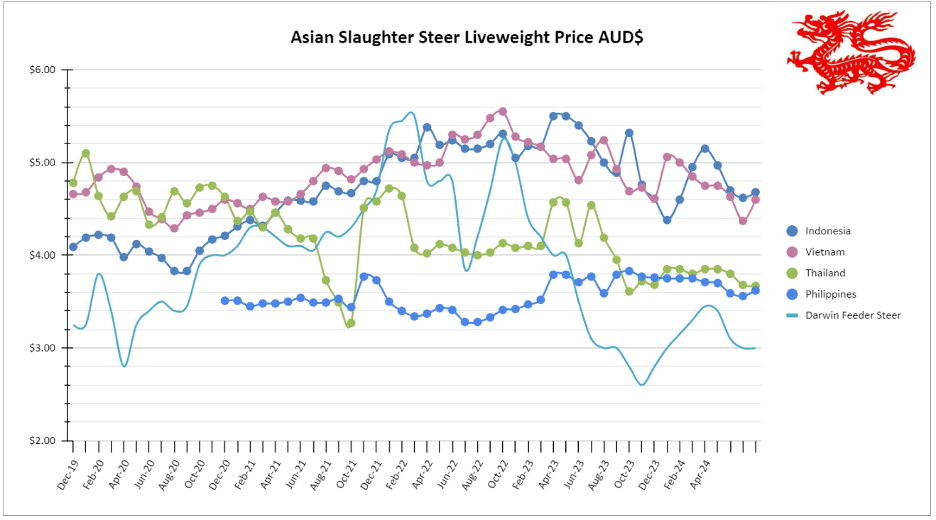
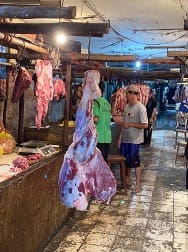
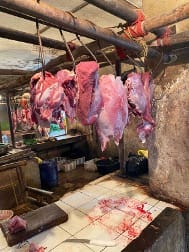
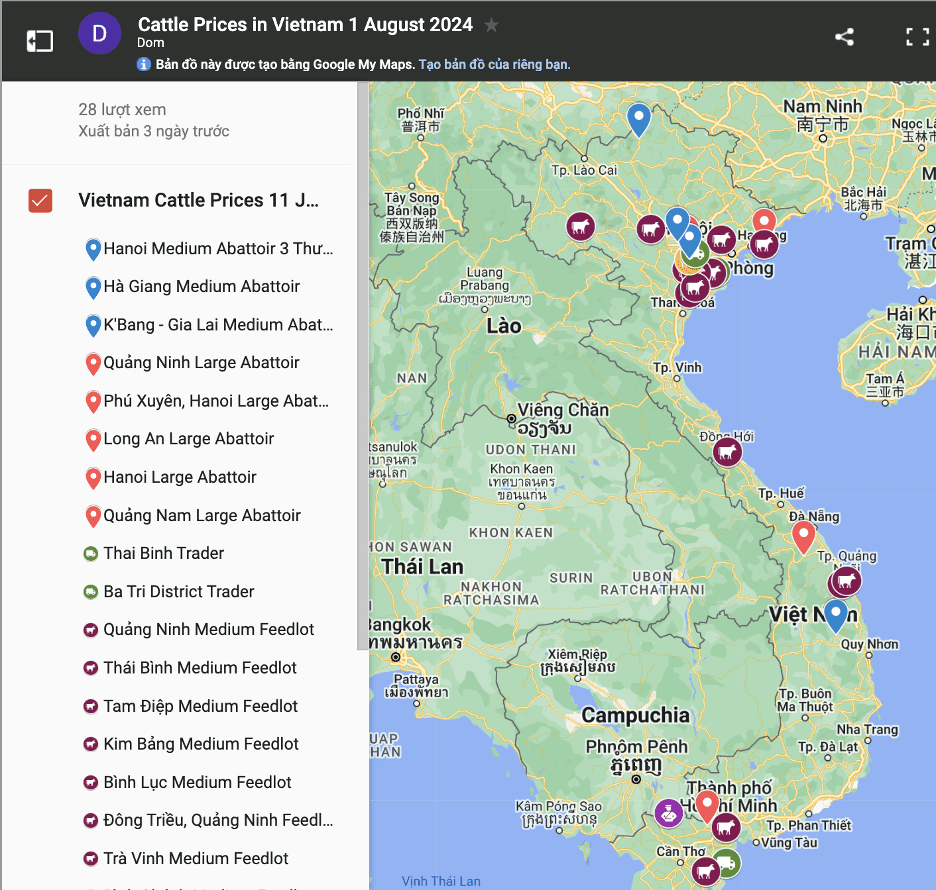
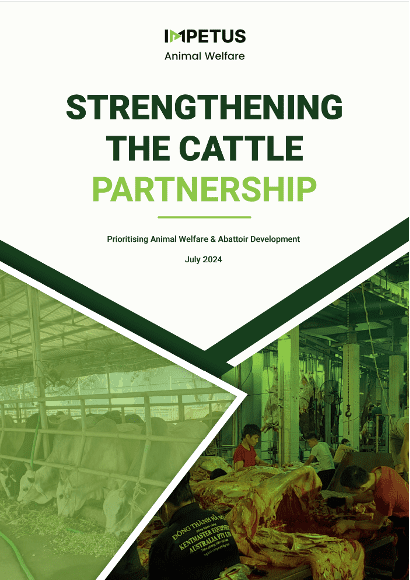
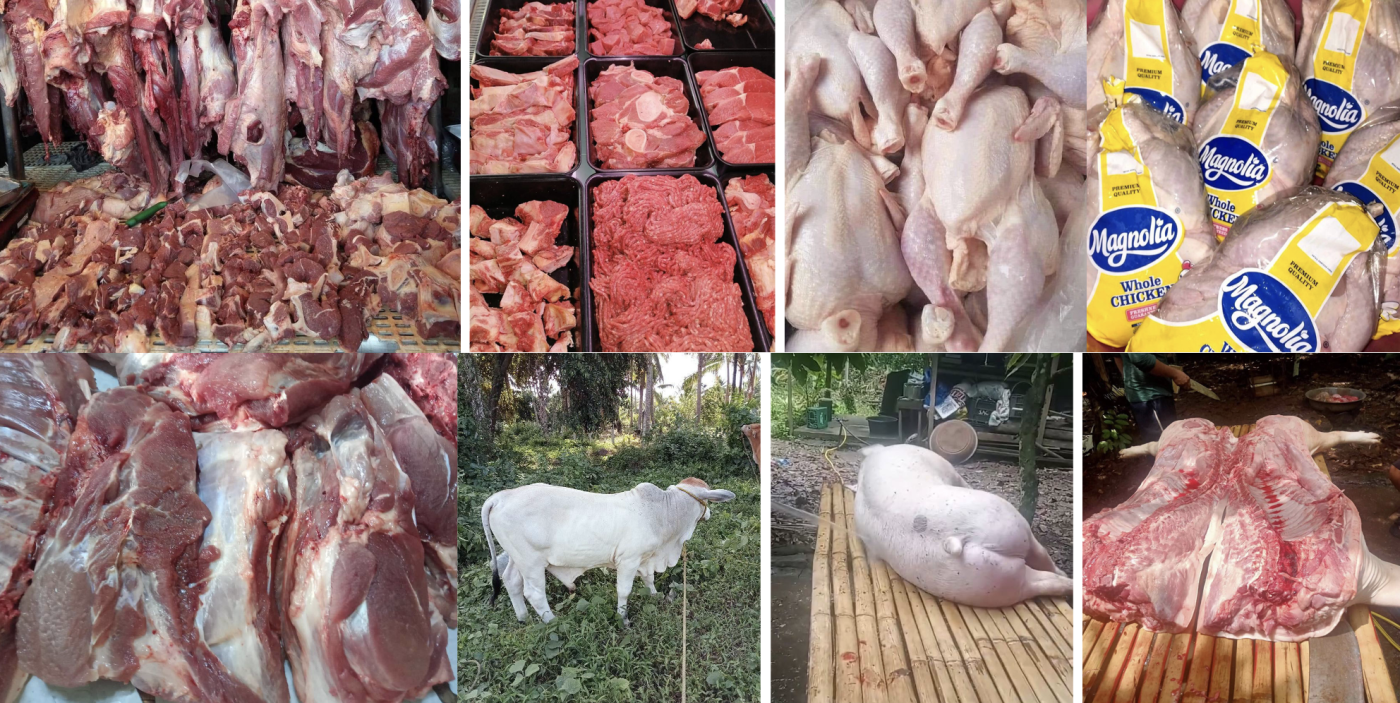
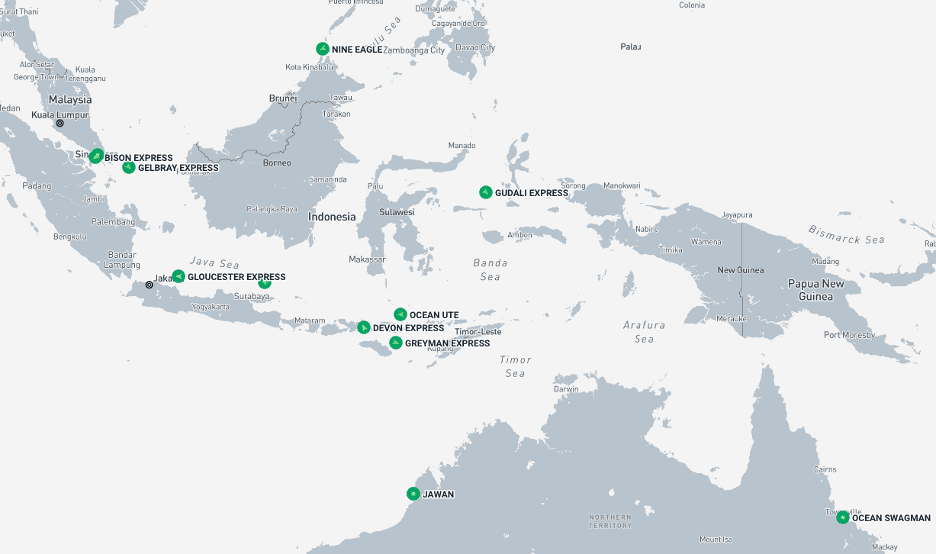
Noting that Northern cattle producers costs have risen by 30% over the past 4 years.
There is now a significant difference between $Aus/kg live weight prices ex Darwin and $Aus/kg live weight prices in Indonesia.
A bit unusual but obviously related to current demand and supply.
Once supply reduces, a more balanced profit margin may emerge. 🤞